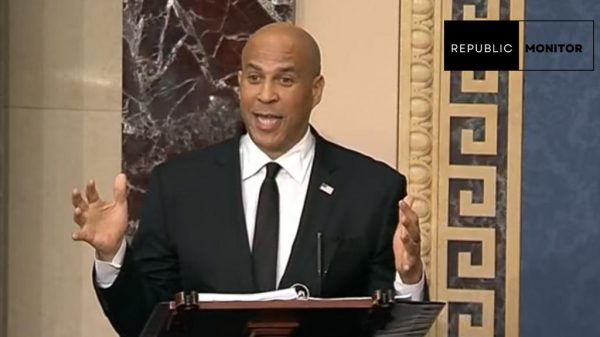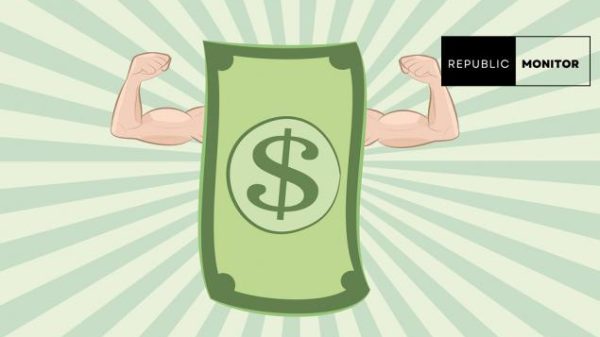In 2022, citizens in the United States of America will get an additional payment of up to $1,400 on top of their tax returns. However, certain requirements need to match to be eligible.

In 2022, the United States of America is expected to get a payout of up to $1,400 on top of their tax refund, but certain requirements must be completed to do so.
The American Rescue Plan
President Biden planned to provide the American people with direct relief to contain the covid-19 and rescue the economy. In March, Congress authorized a $1.9 trillion recovery package that included $1,400 payments for qualifying people and their dependent children. While the majority of individuals have already received their entire reward, those who had qualifying children in 2021 may claim the Recovery Rebate Credit when they file their next tax return.
Economic Impact Payments, commonly known as stimulus cheques, were given out in 2021 as part of the Recovery Rebate Credit advance payment program. Those who do not get the whole amount due by December 31 may claim the remaining funds when filing their taxes in 2022.
Fourth Stimulus Checks in January
The $1,400 stimulus payment is a huge deal, and we’ll go over all you need to know to figure out whether you’ll be able to claim it in 2022 and how to do so. All of these new economic measures are part of the new American Rescue Plan, which provides people and their dependent children with $1,400 payments.
To qualify for the fourth round of stimulus checks, American citizens must either be the parents of a child born in 2021 or have dependents who are under the age of 19 at the end of the year, unless they are students or chronically incapacitated. A dependent must also be a child, brother, sister, foster child, stepbrother, stepsister, half-brother or half-sister, or descendant of any of these.
However, there are certain income restrictions to get the Recovery Rebate Credit payment, as taxpayers may receive the entire amount if their adjusted gross income is under $75,000, or if they are married and filing jointly and have an income of $150,000. Furthermore, the plus-up payments are extra stimulus checks sent to people who received a stimulus check based on their 2019 tax return or information in the Social Security Administration’s system. In addition, you may be eligible for a plus-up payment if your income in 2020 was lower than it was in 2019.















